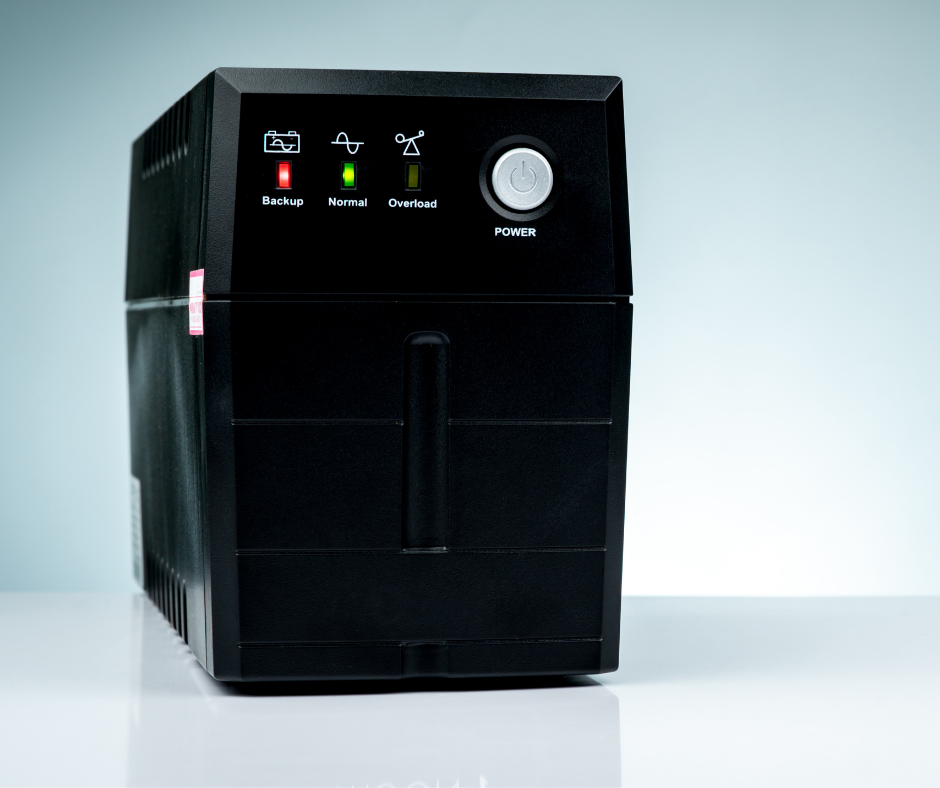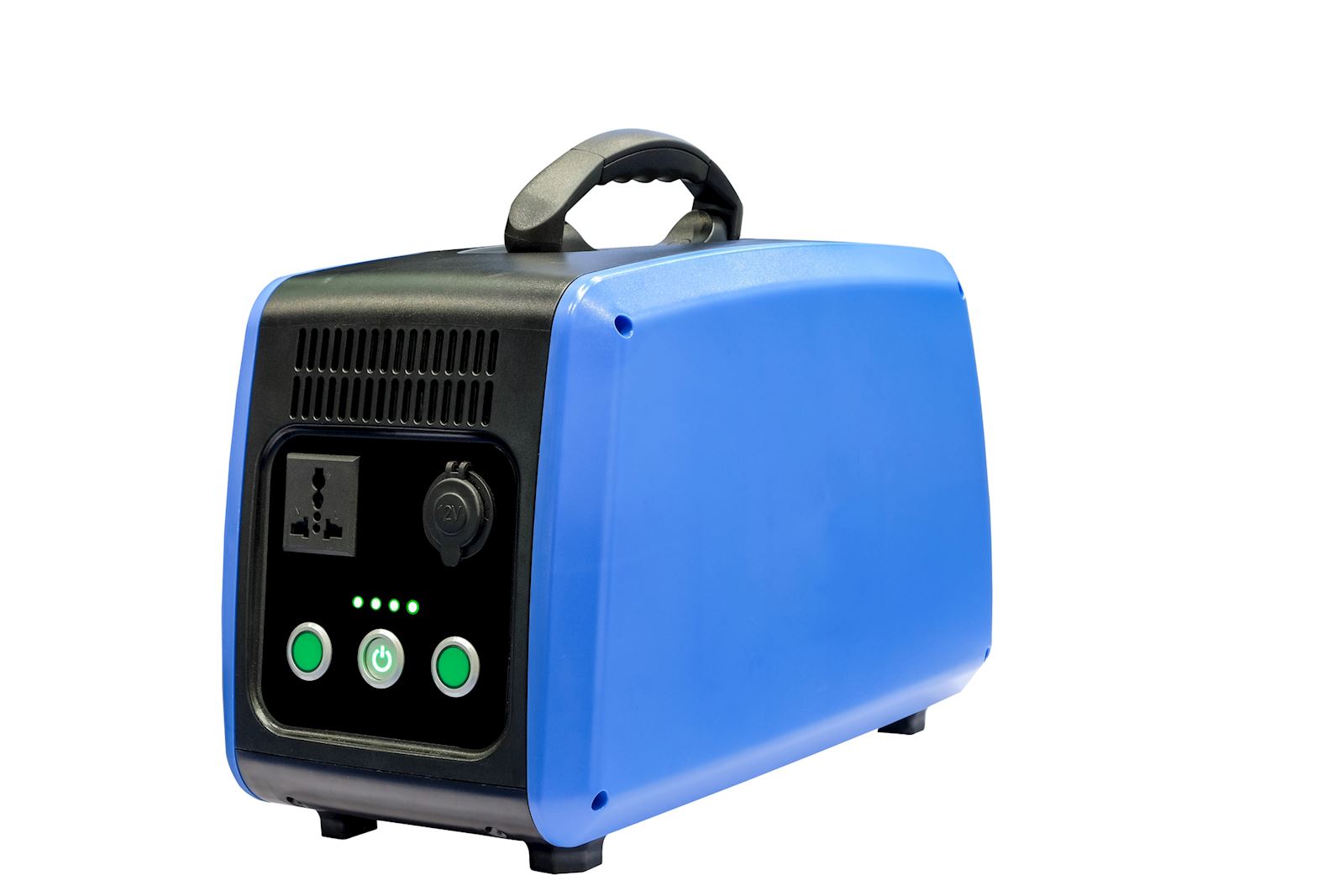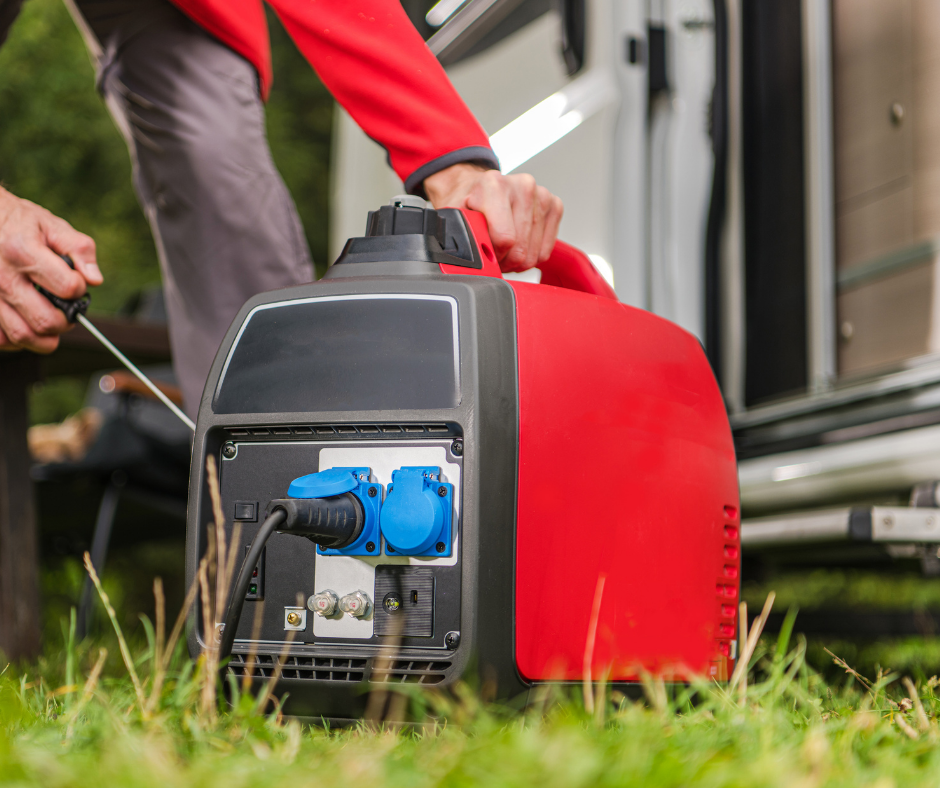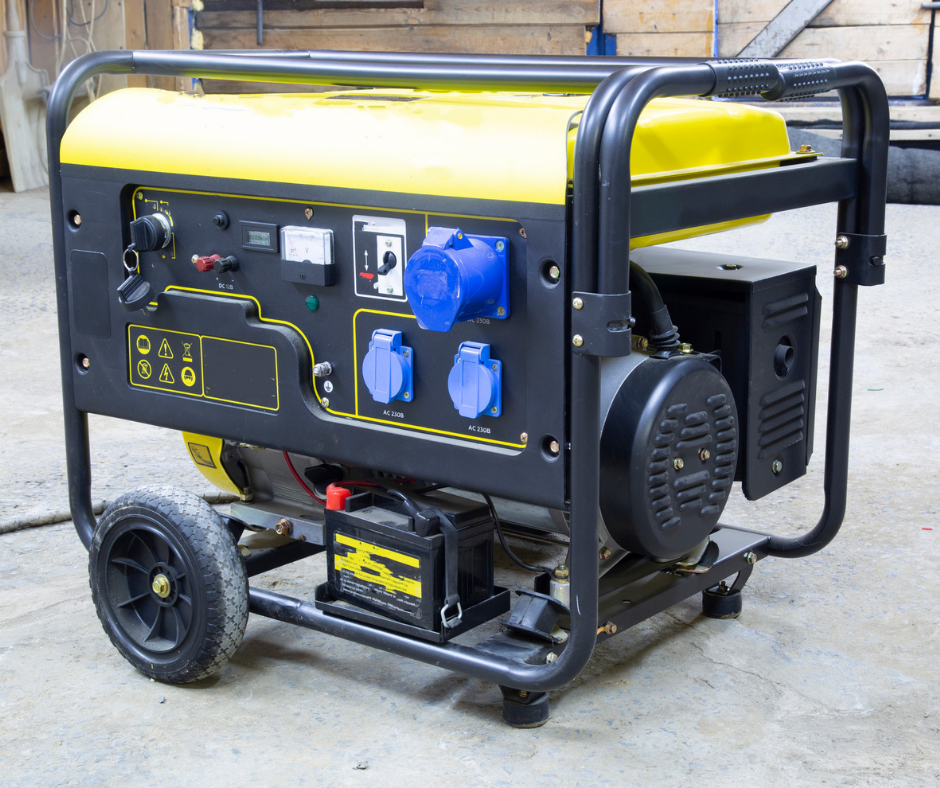A Guide to Backup Power Sources
Keep Our Linemen Safe - Beware Backfeeding
Backfeeding is what happens when electricity flows backwards. If an improperly installed generator re-energizes our lines, it can create a potentially deadly situation for crews restoring power.
To prevent dangerous backfeeding, purchase a GenerLink and we will install it for you. Visit shopgenerlink.com to get started. Otherwise, a qualified electrician must install a transfer switch.
If you own or recently installed a generator, please call us at 800-492-5989. We will add a note to your account that will make our crews aware of your equipment prior to making repairs.
Other Important Safety Tips
- Prevent carbon monoxide buildup. Always run a generator at least 20 feet away from your home with the exhaust pointed away. Never use one indoors.
- Electric safety rules apply. Never use a generator in the rain or on a wet surface, and make sure you use a grounded outlet with the proper extension cord.
- Read the instructions to make sure you’re following the manufacturer’s safety recommendations.
Types of Backup Power Sources

|
Uninterruptible Power Supplies
A UPS, also called a battery backup, will stop important machines like oxygen tanks or computers from resetting when the power blinks or when voltage drops below an acceptable level. However, they won’t keep equipment running for an extended period of time.
Read our UPS guide for details.
|

|
Portable Power Stations
These are like giant rechargeable batteries. They can power a few small items like your phone or laptop, or a large appliance like your refrigerator.
Unlike generators, they’re very quiet and don’t produce fuel emissions, but they’re also not as powerful as other options, and there’s no way to recharge them without another source of power.
|

|
Inverter Generators
A small inverter has output similar to a portable power station, while midsize to large inverters can power your air conditioning in addition to your fridge and smaller items.
Inverters are quieter than most generators and produce fewer emissions, but usually cost more because of their complex and efficient engine.
|

|
Portable Generators
Portable generators are usually both less expensive and less efficient than inverters, with a similar output to a large inverter.
They can keep your fridge and A/C on, potentially with a few other necessities like your well pump or an electric stovetop range.
|

|
Home Standby Generators
At their most powerful, they more than double the output of portable generators and can keep everything in your home running.
The main trade-off is cost—not only will you normally pay a few thousand dollars for the generator, but you’ll also have to pay for installation, which can double the base price.
|
Which One is Right for You?
Decide which devices or appliances you want to keep using if the power goes out, then check the wattage for each. Add them up to get an idea of the output your generator needs.
Don’t forget that some appliances use more power as they’re turning back on, which can be too much for your generator if you’re not careful.
Where to Shop
Talk to an electrician for recommendations on whole-home generators. Search online retailers for other backup power sources.
Please let us know you have a generator
If you recently installed a generator or if you’ve had one for a while and haven’t notified us, please call us at 800-492-5989. We will add a note to your account that will make our crews aware of your equipment prior to making repairs.